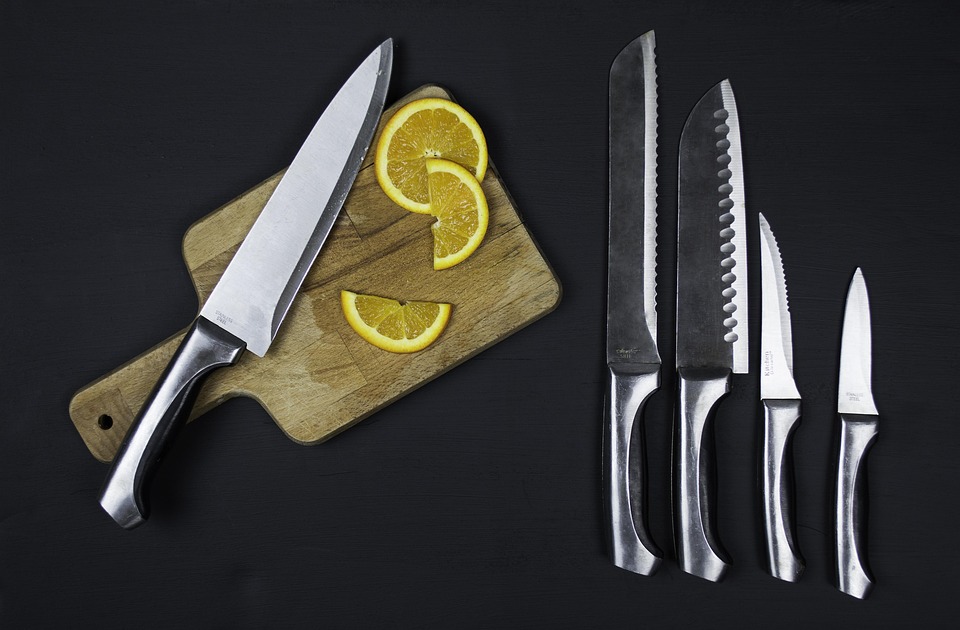Crafting an Irresistible Kitchen Assistant CV
In the bustling world of culinary arts, where creativity meets precision, standing out in the job market can feel like a daunting task. However, a well-crafted CV can be your golden ticket to landing that coveted kitchen assistant role. So, how can you elevate your CV and make it truly shine? Let’s dive into the essentials.
1. Personal Information: The Basics
Start with the essentials: your name, contact details, and a professional email address. Keep it simple, yet effective. A touch of professionalism goes a long way. Avoid using quirky nicknames or unprofessional addresses. Remember, first impressions count, even on paper.
2. A Compelling Personal Statement
Your personal statement is your opportunity to showcase your passion for the culinary arts. This brief paragraph should encapsulate your experience, your enthusiasm for food preparation, and your desire to contribute to a kitchen environment. Use vivid language to paint a picture of who you are. For instance, instead of stating “I love cooking,” you could say, “My culinary journey ignited a profound love for creating exquisite dishes that delight the senses.”
3. Relevant Experience: Highlight Your Skills
When listing your experience, think quality over quantity. Aim for clarity and relevance. Here’s a suggested format:
- Job Title – Company Name, Location
Month/Year – Month/Year- Key responsibility 1: Describe your role and contributions.
- Key responsibility 2: Highlight any achievements or skills acquired.
If you’ve held multiple roles, consider grouping them under one heading or focusing on the most pertinent positions. Remember, the goal is to demonstrate your ability to adapt and thrive in a fast-paced kitchen environment.
4. Culinary Skills: What Makes You Unique?
This section is your canvas to display your culinary prowess. From knife skills to knowledge of various cuisines, list any specific skills that set you apart. Think beyond the basics; perhaps you have experience with dietary restrictions or an understanding of food safety regulations. Tailor this list to the job description, ensuring you resonate with what potential employers are seeking.
5. Education and Certifications: Formalise Your Knowledge
Whether you attended a culinary school or gained your skills through hands-on experience, this section should reflect your educational background. Listing relevant certifications, such as food hygiene or first aid, can provide an added edge. If applicable, include any apprenticeships or workshops that have refined your skills.
6. References: A Testament to Your Work Ethic
While it’s common to state “References available upon request,” consider including a couple of references directly in your CV. Opt for former employers or colleagues who can vouch for your work ethic and skills in the kitchen. A glowing reference can be the deciding factor for many employers.
Final Touches: Presentation Matters
Your CV should not only be rich in content but also visually appealing. Use clear headings, bullet points, and an easy-to-read font. Maintain consistency in formatting, ensuring that your CV is professional and inviting.
In the competitive culinary job market, a standout CV is your first step towards success. Take the time to craft it thoughtfully, and you’ll be well on your way to landing that kitchen assistant position you’ve been dreaming of.
CVPortal continues to bring you a range of high-quality CV references, assisting you in making your mark in the culinary world.


